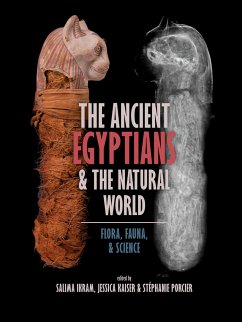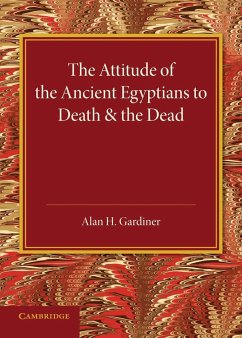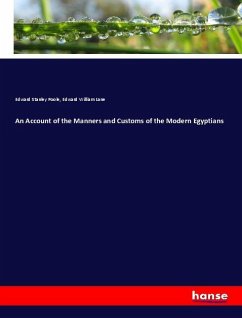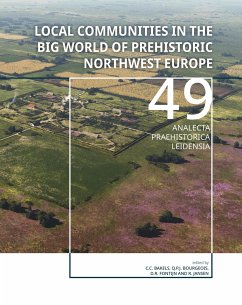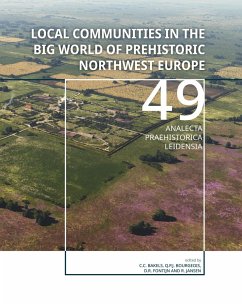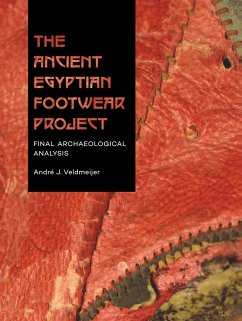
The Ancient Egyptians and the Natural World
Versandkostenfrei!
Versandfertig in 1-2 Wochen
47,99 €
inkl. MwSt.

PAYBACK Punkte
24 °P sammeln!
This book explores the interaction between animals, plants, and humans in ancient Egypt. It draws together different aspects of the bioarchaeology of Egypt: flora, fauna, and human remains. These come from sites throughout the country from Alexandria to Aswan, as well as material from museum basements.The material presented here includes the results of new and previously unpublished excavations in the Delta and Thebes, in-depth studies of different species of animal mummies, an analysis of animal cults, tentative identifications of wild dogs in Egyptian art, a variety of diseases from which th...
This book explores the interaction between animals, plants, and humans in ancient Egypt. It draws together different aspects of the bioarchaeology of Egypt: flora, fauna, and human remains. These come from sites throughout the country from Alexandria to Aswan, as well as material from museum basements.The material presented here includes the results of new and previously unpublished excavations in the Delta and Thebes, in-depth studies of different species of animal mummies, an analysis of animal cults, tentative identifications of wild dogs in Egyptian art, a variety of diseases from which the ancient Egyptians suffered, studies on human remains using traditional as well as state-of-the-art technologies, and the different foods that formed the diet of the ancient Egyptians.The studies blend traditional methodologies, often deployed in novel ways, such as examining the pelage of lions, as well as new 3D technologies used in the analyses of bioarchaeological material. The results of these studies deepen our knowledge of ancient Egypt, its inhabitants, and their interaction with their environment.The present volume is the proceedings of the Conference on the Bioarchaeology of Ancient Egypt and the Second International Symposium on Animals in Ancient Egypt (Cairo, 2019).



